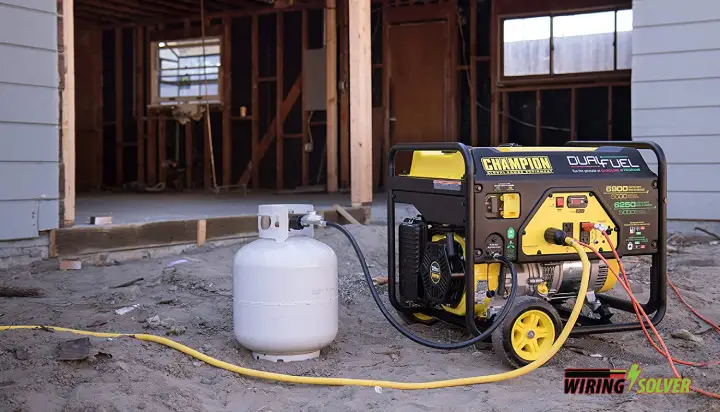Calculating the total resistance of a series or parallel circuit can be a challenging task. Understanding the basics of electricity and the properties of resistors is the first step in calculating the total resistance within a series or parallel circuit.
There are several different methods that can help you calculate the resistance in a series circuit or a parallel circuit. However, the methods might differ based on the type of circuit. And for both of these methods, there are several techniques to derive the resistance.
By following the instructions in this article, you will be able to accurately calculate the total resistance of a series parallel circuit with ease.
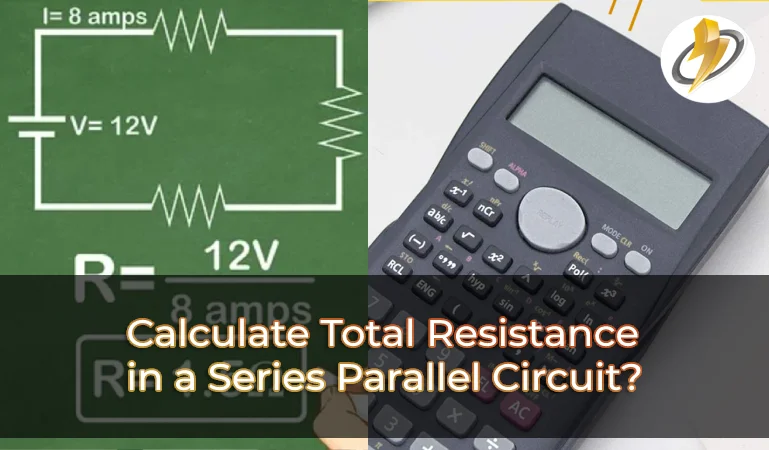
Step-by-Step Guide to Calculating the Resistance in Series Circuit:
If you see a circuit that has one single loop, it is a series circuit. Unlike parallel or combination circuits, this one doesn’t have any branches or branching parts.
By calculating a resistance, you can learn about the condition of the circuit. If it is weak, take a look at how to prevent the circuit breaker from tripping!
Method 1: Adding the Resistances
Here, each resistor carries the same current. And so, the sum of all the resistance will be the total resistance of the series circuit.
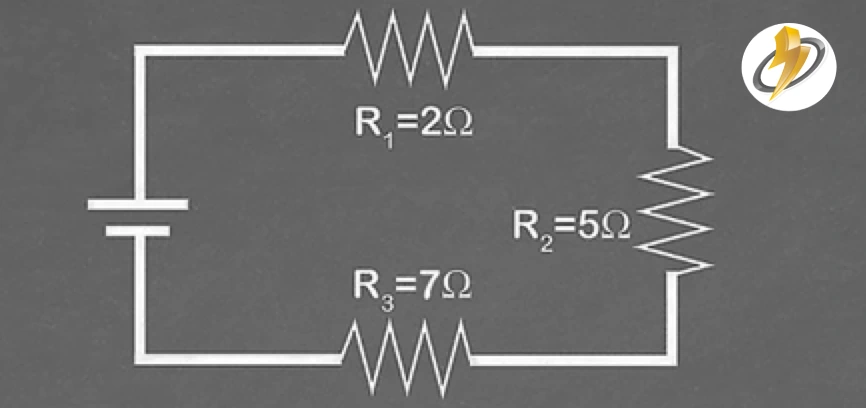
Suppose you have a series circuit that has three resistors of respectively 2 Ω, 5 Ω, and 7 Ω. And so, the total resistance will be the addition of all these resistances.
Resistance R= 2+5+7= 14 Ω
Method 2: Total Current and Voltage
There are chances that you don’t know the resistance of the individual resistors. You can also work with the total current and the total voltage and find out the resistance!
Step 1: Count the Total Current
The series circuits have the same amount of current at all points. All you need is to know the current at any point of the circuit. You can simply use it as the total current in your formula to know the resistance.
Step 2: Count the Total Voltage
Though the total current of a series circuit is equal to the current at any point, the voltage cannot be measured in the same way. In the case of the voltage, the voltage across the component is not equal to the total voltage.
The voltage of the battery or the supply will be the same as the total voltage of a series circuit.
Step 3: Do the Math
As you don’t know the resistance of the individual resistors, you can simply settle for Ohm’s Law and find out the Resistance R.
R = V/I
Here, all you need is to put the value of the total current in the place of I and the total voltage in the place of V. If a series circuit has a
The total current supply of a series circuit is I = 8 amps
And it is powered by a battery of V = 12 Volt
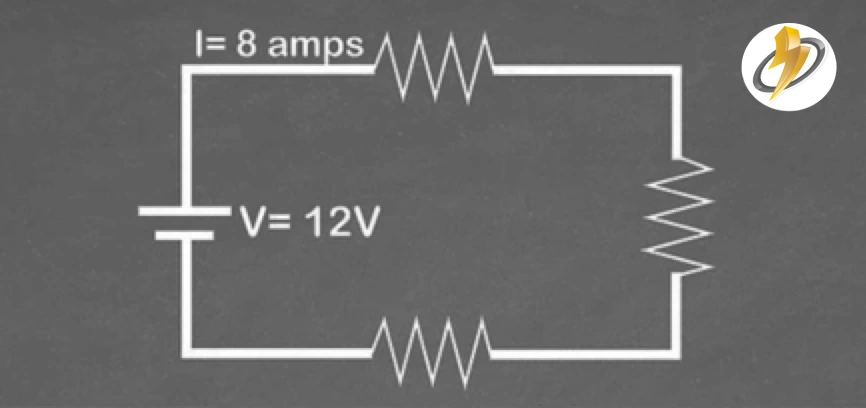
According to the formula-
R = V/I = 12/8 = 1.5 Ω
So, the total resistance is 1.5 Ω here.
Step-by-Step Guide to Calculating the Resistance in Parallel Circuit:
First of all, you have to go through the parallel circuit and comprehend it. There are multiple paths of a parallel circuit.
And the specialty of a parallel circuit is all the multiple paths of the circuit eventually join back together at a point. There are two points where a parallel circuit can have a resistor.
- At times, the circuit might have resistors on the main path. This area is right after or before the branched area of the circuit.
- On the other hand, there can be two or more resistors added. These resistors are added to a single branch.
For the two types of resistors, there are different methods of calculating the total resistance of the circuit.
Method 1: Adding the Individual Resistances
Your first job here is to calculate the resistance of every branch. As we have already told you, there will be more than one resistor, every resistor will slow electricity passing.
However, each one of them will work with one branch only.
For counting the total resistance of each branch, there is a formula. Check out the formula first.
1/RT = 1/R1+ 1/R2+ 1/R3+….+ 1/Rn
Here, we will give you an example of a parallel circuit. We are taking a parallel circuit with three branches in total. The resistances of the branches respectively are-
R1= 10 Ω, R2= 2 Ω, R3= 1 Ω
Let’s put all of these numbers in our formula and find out the resistance.
1/RT = 1/R1+ 1/R2+ 1/R3+….+ 1/Rn
1/RT= 1/10 + 1/2 + 1/1
RT = 0.625 Ω or Ohm
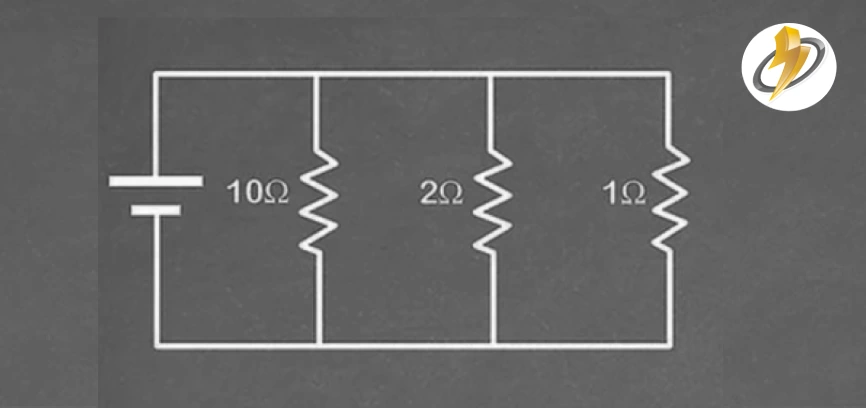
Method 2: Total Current and Voltage
At times, you might not know the individual resistance. In this case, the best thing you can do is go for the total current. And then, you have to count the total voltage.
Step 1: Count the Voltage
If you know the total voltage across one branch, it’s easy to find out the total voltage across the unit too. Both voltages are the same.
Step 2: Count the Current
In this case, counting the total current is necessary. If you want to know about the resistance, count the total current, and then you can move on with it.
Step 3: Do the Math
To find the resistance, here, you can follow Ohm’s law. Through ohms’ law, if you know the total Voltage or V and the total Current or I, you can easily get the Resistance or R.
V= IR
R= V/I
Here, if-
The total voltage of a parallel circuit is V= 9 volts and,
The total current of a parallel circuit is I= 3 amps
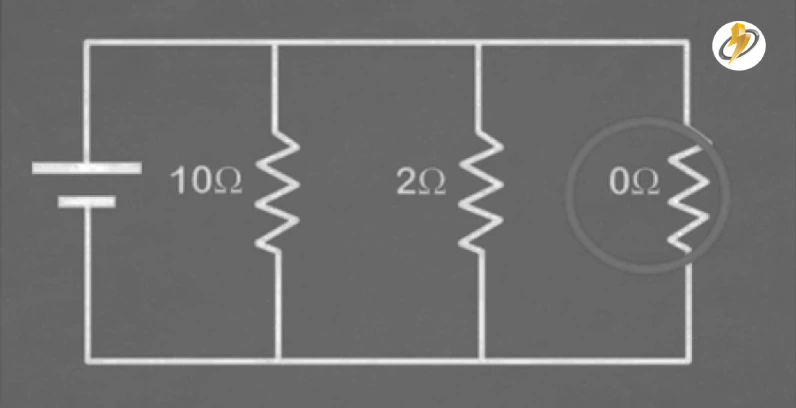
Then, the Resistance R according to the formula will be-
R= V/I
R=9/3
R= 3 Ω or Ohm
So, the total Resistance or RT here is 3 Ohm.
Summary
Calculating the total resistance of a series parallel circuit can be a challenging task. However, by understanding the fundamentals of electricity and the properties of resistors, you can accurately calculate the total resistance in no time.
By following the instructions provided in this article, you will be able to calculate the total resistance of a series parallel circuit with ease. With a better understanding of electricity and resistors, you will be able to accurately calculate the total resistance of a series parallel circuit in no time.





